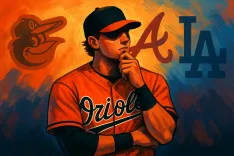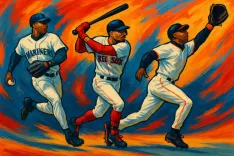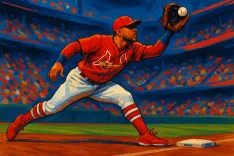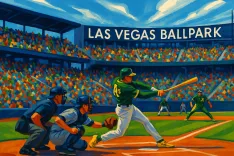MLB Trade Deadline: Winners and Losers Analysis
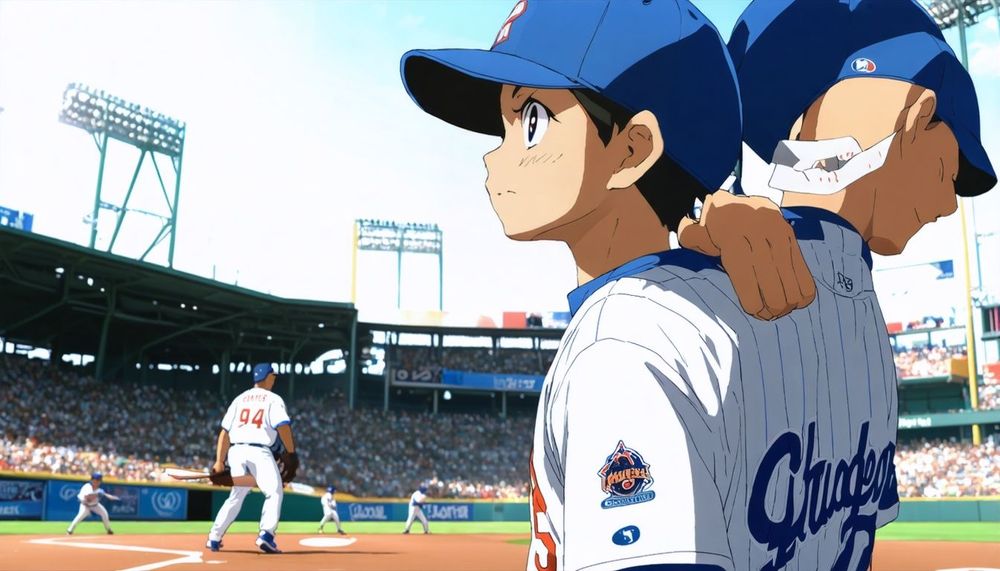
As Major League Baseball's trade deadline approached, the resulting transactions delivered significant impacts across the league. With less than 36 hours until the deadline, expectations were tempered, suggesting a quieter summer trade period. However, a flurry of trades including prominent names like Carlos Correa, Mason Miller, and Eugenio Suárez brought about drastic changes to team dynamics, prompting an assessment of the trade winners and losers.
Right-handed pitcher Mason Miller has emerged as one of the most electrifying talents in baseball, known for his ability to consistently hit speeds exceeding 103 MPH with his four-seam fastball, complemented by a formidable slider. In his brief career, opponents have struggled significantly against him, managing a mere .126 batting average. His value, combined with his team control extending through 2029, made him a coveted asset leading to a significant trade package from the San Diego Padres, who acquired him along with left-handed pitcher JP Sears from the Oakland Athletics. In return, the Athletics received a highly regarded prospect in Leo De Vries, alongside additional prospects, including right-handers Braden Nett, Henry Baez, and Eduarniel Núñez. This deal positions both teams for success in differing timelines, with the Padres bolstering their roster while the Athletics accumulate valuable future assets.
As transactions unfolded, various franchises were left re-evaluating their standings. The Minnesota Twins' struggles were compounded by injuries, including that of Pablo López, leading to an erosion of their early-season success. Despite retaining key player Byron Buxton amid trade concerns, the Twins opted to offload several players, including Carlos Correa and multiple pitchers, signaling a shift towards rebuilding. Meanwhile, the New York Mets prioritized strengthening their bullpen by acquiring notable relief pitchers Ryan Helsley, Tyler Rogers, and Gregory Soto, bolstering their chances in the playoff race while parting with several prospects. Contrarily, the St. Louis Cardinals faced criticism for their minimal activity at the deadline, failing to move several established players while securing limited prospects, underscoring a stagnant state for a typically competitive franchise.
The trade landscape featured several teams making proactive decisions. The Chicago Cubs remained sellers in a time of contention, acquiring utility player Willi Castro and pitcher Taylor Rogers, yet their moves lacked the robust impact expected. In contrast, the Chicago White Sox appeared focused on maintaining their current roster, with minimal trades made as they navigated a disappointing season. On the other hand, the Philadelphia Phillies excelled, acquiring closer Jhoan Durán at what appeared to be a bargain price, alongside outfielder Harrison Bader, enhancing both their bullpen and lineup without sacrificing any of their top prospects.
As the trade deadline concluded, the landscape of the league was visibly altered. The Seattle Mariners made a strong push, reacquiring Eugenio Suárez to enhance their competitive edge. Meanwhile, in a late flourish, the Texas Rangers secured key pitching assets to solidify their playoff aspirations, while the Los Angeles Dodgers seemed relatively passive, maintaining their position in the National League. The Milwaukee Brewers faced scrutiny for their lack of bold moves, contrasting with other contenders who actively sought to improve their rosters. Across the board, the trade deadline showcased the differing strategies adopted by franchises, setting the stage for an intriguing remainder of the MLB season.
